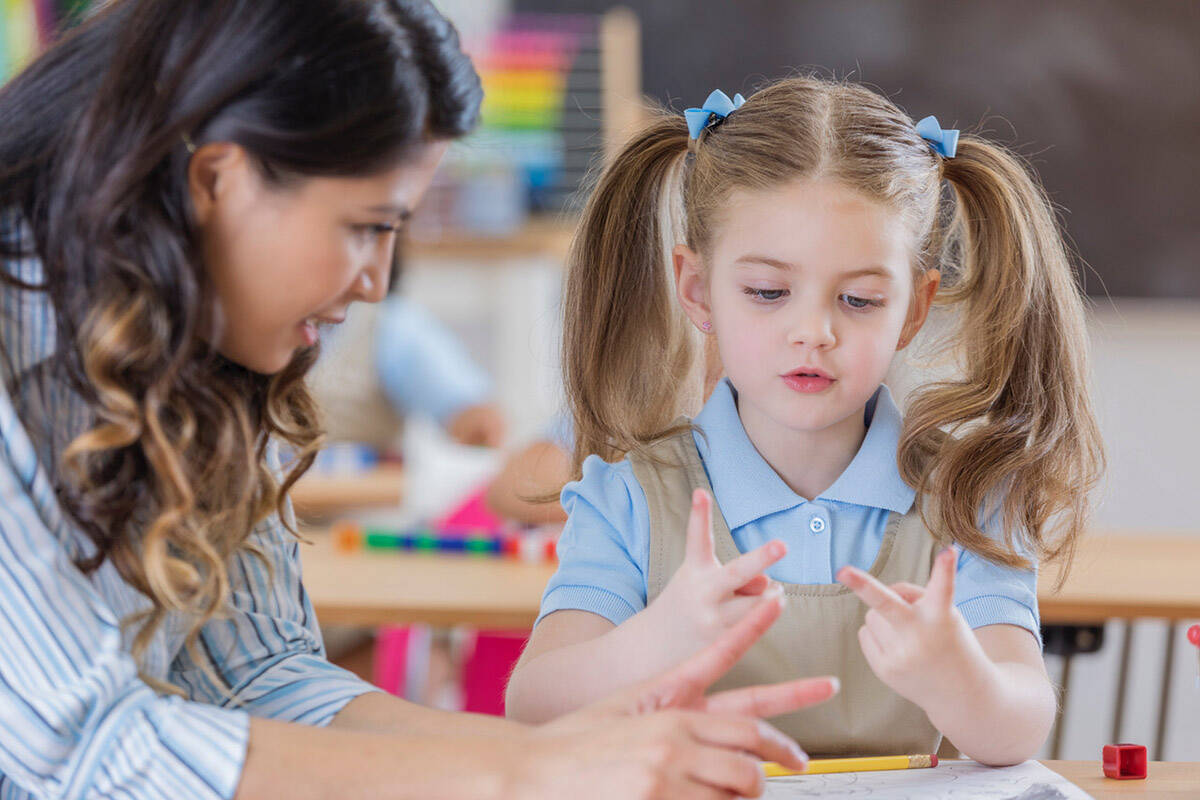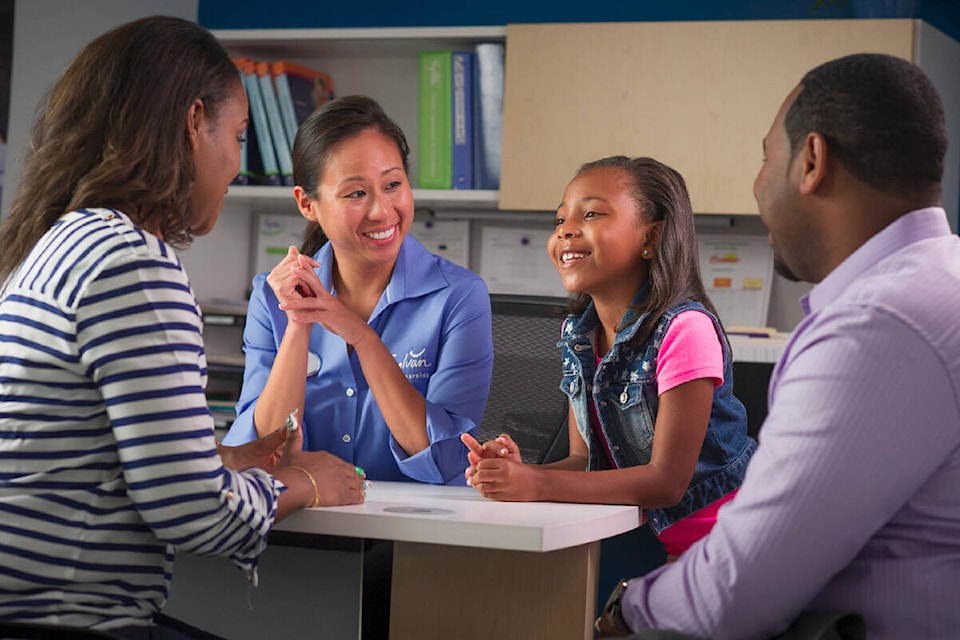Learning styles are as unique as each child. Every child learns differently, and each has different academic needs. For the best success, it is essential to personalize the learning process.
“Understanding a child’s learning style can help a parent and teacher personalize instruction or homework to ensure peak performance in school and build a child’s self-confidence,” says Bonnie Poznekoff, Centre Director of Abbotsford Sylvan Learning. Sylvan Learning provides tutoring to students of all ages, grades, and skill levels.
Poznekoff says identifying learning styles is important, but meeting each child where they are is equally important.
“Teaching your child in his or her preferred learning style is important,” says Poznekoff. “However, it is equally important that no matter what your child’s learning style, you meet them at their current level of knowledge.”
People learn in at least eight different ways: visually, verbally, physically, mathematically, musically, naturalistically, interpersonally (through group activity) or intrapersonally (through quiet thinking time). Children can exhibit more than one learning style.
Sylvan Learning can help determine what type of learning style your child exhibits and provide a more detailed analysis of how they learn.
How does your child learn?
- Visual/Spatial learners enjoy photography, visual metaphors, puzzles, illustrations, and story maps. Seeing a bar graph on the cost of different cars, for instance, would be a better learning tool than hearing a list of prices read aloud.
- Verbal/Linguistic learners shine in storytelling, public speaking, drama, and journal writing activities. Encourage them to write detailed descriptions of what they see, taste, feel and hear. Give children journals to keep for one month.
- Bodily/Kinesthetic learners thrive on hands-on experiments, field trips, body language, crafts, and sports. Take a field trip to a local factory, then visually display what was learned.
- Logical/Mathematical learners tend to be better at problem-solving, coding, data collecting, money management and scientific models. Help your child create a budget sheet that itemizes money spent during one month. Determine what category drew the most significant expenses.
- Musical/Rhythmic students may play an instrument, sing, hum or tap during work or require background music while studying. Turn memorization exercises into rhythmic wordplay and set it to any musical style.
- Intrapersonal learners work better alone, doing individual studies, personal goal setting, and self-esteem activities. This type of student can write down one objective and record the steps to achieving it.
- Interpersonal learners work better in group activities, such as clubs, peer teaching, conflict mediation and active discussions. They would enjoy volunteering at a nursing home, women’s shelter or charity and documenting the experience in a journal.
- Naturalist learners tend to understand ideas better when related to a natural occurrence. These learners prefer outdoor activities, such as camping, gardening, hiking, and birdwatching.
“It is only through successful experiences with learning that children build confidence. When they can learn at their own pace and meet with success, they become increasingly self-confident, allowing them to become motivated and engaged with the learning process for years to come,” says Poznekoff.
For more educational resources for children in grades pre-K through 12, visit https://www.sylvanlearning.com/.

